I am not a PCB design engineer, but I am working in PCB industry.
To manufacture a board, we generally require Gerber data. We will need the following:
A gerber layer for every physical layer, including solder masks, and an NC drill file with drill tool sizes. Excellon format is the most common drill file format.
Gerber data should be in ASCII format, preferable in imperial units, with a preferred precision of at least (2,4). The drill file should be the same precision as the gerber data. We can use RS274D data with an aperture table, but RS274X is preferred, as it is the latest standard. Metric units are acceptable with a preferred minimum precision of (3,3)
A readme file and fab drawing are recommended. A sample readme.txt file is available. If the board is multilayer, we will require the layer order. The readme should also have any other information not in the file set, such as material type, copper thickness, etc...
All the data files should be put into a single archive file, *.zip files are the most common. We need this for error protection for anything sent through the internet. It's best to name the *.zip file after the part number of the board (ie LCDDriver.zip)
